447951
Poly(ethylene glycol) methyl ether methacrylate
average Mn 950, methacrylate, methoxy, 300 ppm BHT as inhibitor, 100 ppm MEHQ as inhibitor
Sinonimo/i:
Polyethylene glycol, Methoxy PEG methacrylate, Methoxy poly(ethylene glycol) monomethacrylate, Poly(ethylene glycol) monomethyl ether monomethacrylate
About This Item
Prodotti consigliati
Nome del prodotto
Poly(ethylene glycol) methyl ether methacrylate, average Mn 950, contains 100 ppm MEHQ as inhibitor, 300 ppm BHT as inhibitor
Stato
solid
PM
average Mn 950
contiene
100 ppm MEHQ as inhibitor
300 ppm BHT as inhibitor
Impiego in reazioni chimiche
reagent type: chemical modification reagent
reaction type: Polymerization Reactions
Punto di fusione
33-38 °C
Densità
1.1 g/mL at 25 °C
Estremità Ω
methacrylate
Estremità α
methoxy
Architettura del polimero
shape: linear
functionality: monofunctional
Temperatura di conservazione
2-8°C
Stringa SMILE
O(CCOCCOC)CCOCCOC(=O)C(=C)C
InChI
1S/C13H24O6/c1-12(2)13(14)19-11-10-18-9-8-17-7-6-16-5-4-15-3/h1,4-11H2,2-3H3
KRCGBOKYIUDIFY-UHFFFAOYSA-N
Cerchi prodotti simili? Visita Guida al confronto tra prodotti
Categorie correlate
Applicazioni
- Redox-Responsive "Catch and Release" Cryogels: A Versatile Platform for Capture and Release of Proteins and Cells.: This study introduces innovative cryogels incorporating Poly(ethylene glycol) methyl ether methacrylate, emphasizing their applications in protein and cell capture and release systems. These cryogels exhibit redox-responsive behavior, making them suitable for advanced biomedical applications, including targeted drug delivery and tissue engineering (Calik et al., 2024).
- Study of mechanical property and biocompatibility of graphene oxide/MEO(2)MA hydrogel scaffold for wound healing application.: The research explores the mechanical properties and biocompatibility of a hydrogel scaffold combining graphene oxide and Poly(ethylene glycol) methyl ether methacrylate (PEGMEM). This scaffold shows potential for enhanced wound healing applications due to its robust mechanical strength and excellent biocompatibility (Luong et al., 2024).
- Constructing the Polymer Molecules to Regulate the Electrode/Electrolyte Interface to Enhance Lithium-Metal Battery Performance.: This paper highlights the role of Poly(ethylene glycol) methyl ether methacrylate in developing polymer molecules that regulate electrode/electrolyte interfaces. The findings demonstrate significant improvements in lithium-metal battery performance, pointing to the material′s potential in energy storage applications (Chen et al., 2024).
- Helical Superstructures from the Hierarchical Self-Assembly of Coil-Coil Block Copolymer Guided by Side Chain Amyloid-β(17-19) LVF Peptide.: This study explores the self-assembly of block copolymers incorporating Poly(ethylene glycol) methyl ether methacrylate, leading to the formation of helical superstructures. The work suggests applications in nanotechnology and materials science, particularly for creating novel biomaterials (Nayak et al., 2024).
- Minimalist Nanovaccine with Optimized Amphiphilic Copolymers for Cancer Immunotherapy.: This research presents a minimalist nanovaccine utilizing optimized amphiphilic copolymers, including Poly(ethylene glycol) methyl ether methacrylate. The nanovaccine shows promise in enhancing cancer immunotherapy by improving the immune response and targeting efficiency (Niu et al., 2024).
Avvertenze
Warning
Indicazioni di pericolo
Consigli di prudenza
Classi di pericolo
Eye Irrit. 2 - Skin Irrit. 2 - Skin Sens. 1 - STOT SE 3
Organi bersaglio
Respiratory system
Codice della classe di stoccaggio
11 - Combustible Solids
Classe di pericolosità dell'acqua (WGK)
WGK 1
Punto d’infiammabilità (°F)
>230.0 °F - closed cup
Punto d’infiammabilità (°C)
> 110 °C - closed cup
Dispositivi di protezione individuale
dust mask type N95 (US), Eyeshields, Faceshields, Gloves
Scegli una delle versioni più recenti:
Possiedi già questo prodotto?
I documenti relativi ai prodotti acquistati recentemente sono disponibili nell’Archivio dei documenti.
I clienti hanno visto anche
Articoli
Progress in biotechnology fields such as tissue engineering and drug delivery is accompanied by an increasing demand for diverse functional biomaterials. One class of biomaterials that has been the subject of intense research interest is hydrogels, because they closely mimic the natural environment of cells, both chemically and physically and therefore can be used as support to grow cells. This article specifically discusses poly(ethylene glycol) (PEG) hydrogels, which are good for biological applications because they do not generally elicit an immune response. PEGs offer a readily available, easy to modify polymer for widespread use in hydrogel fabrication, including 2D and 3D scaffold for tissue culture. The degradable linkages also enable a variety of applications for release of therapeutic agents.
Devising biomaterial scaffolds that are capable of recapitulating critical aspects of the complex extracellular nature of living tissues in a threedimensional (3D) fashion is a challenging requirement in the field of tissue engineering and regenerative medicine.
Il team dei nostri ricercatori vanta grande esperienza in tutte le aree della ricerca quali Life Science, scienza dei materiali, sintesi chimica, cromatografia, discipline analitiche, ecc..
Contatta l'Assistenza Tecnica.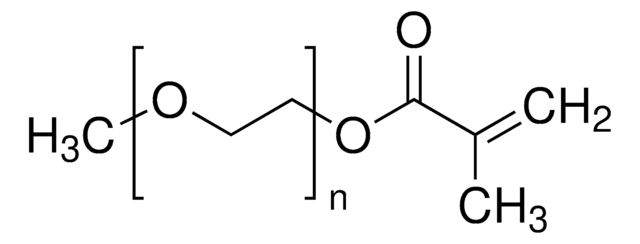
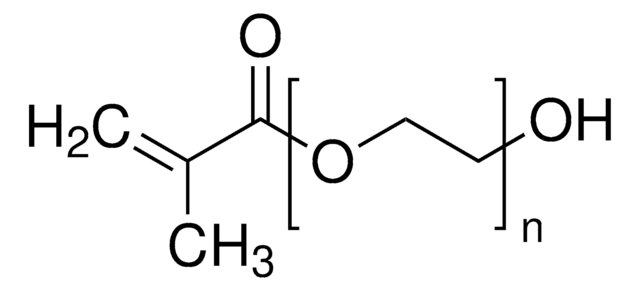
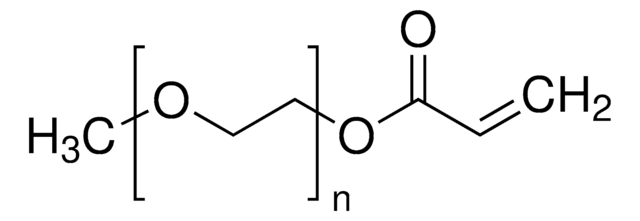
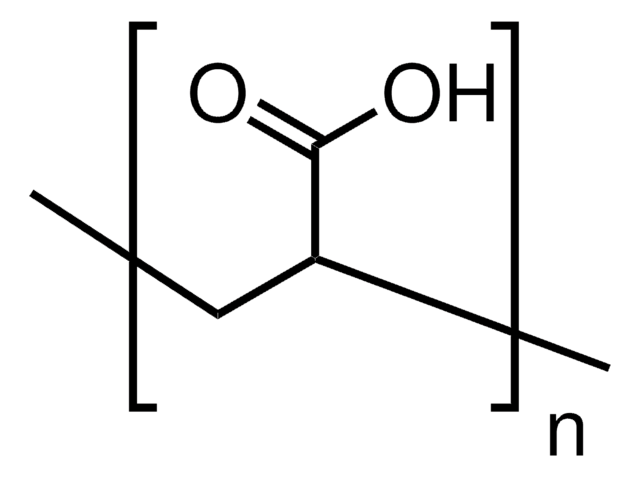
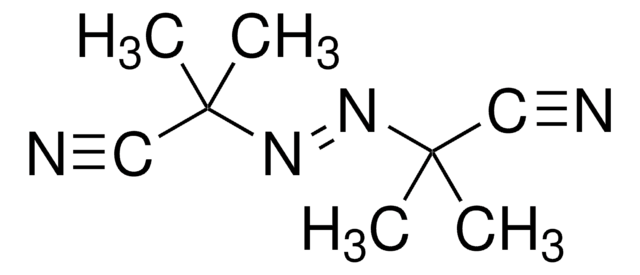



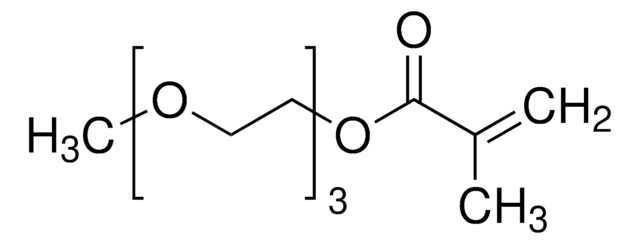
![PSS-[3-(2-Aminoethyl)amino]propyl-Heptaisobutyl substituted](/deepweb/assets/sigmaaldrich/product/structures/583/905/1ee2f0b3-2da3-49d4-af68-a0382b34aeff/640/1ee2f0b3-2da3-49d4-af68-a0382b34aeff.png)